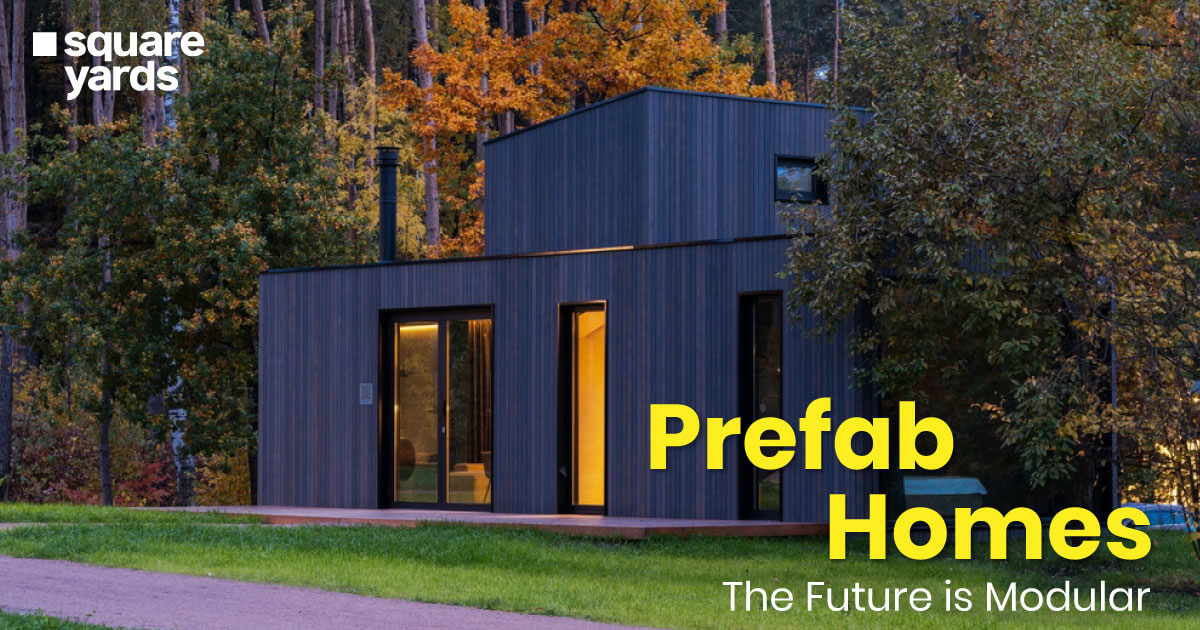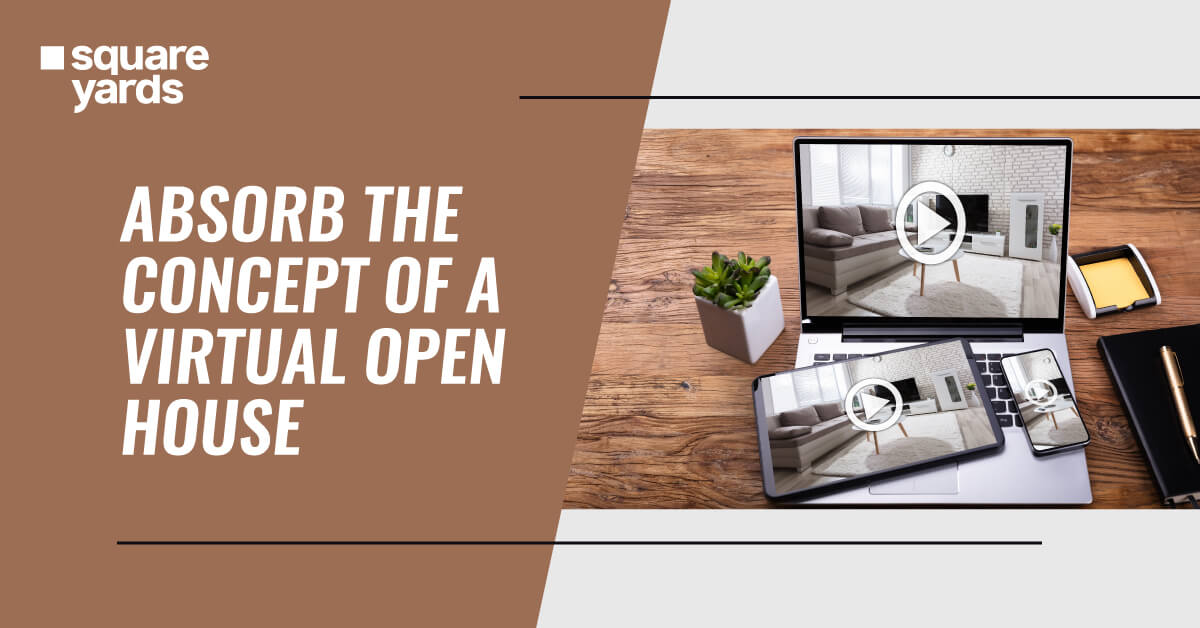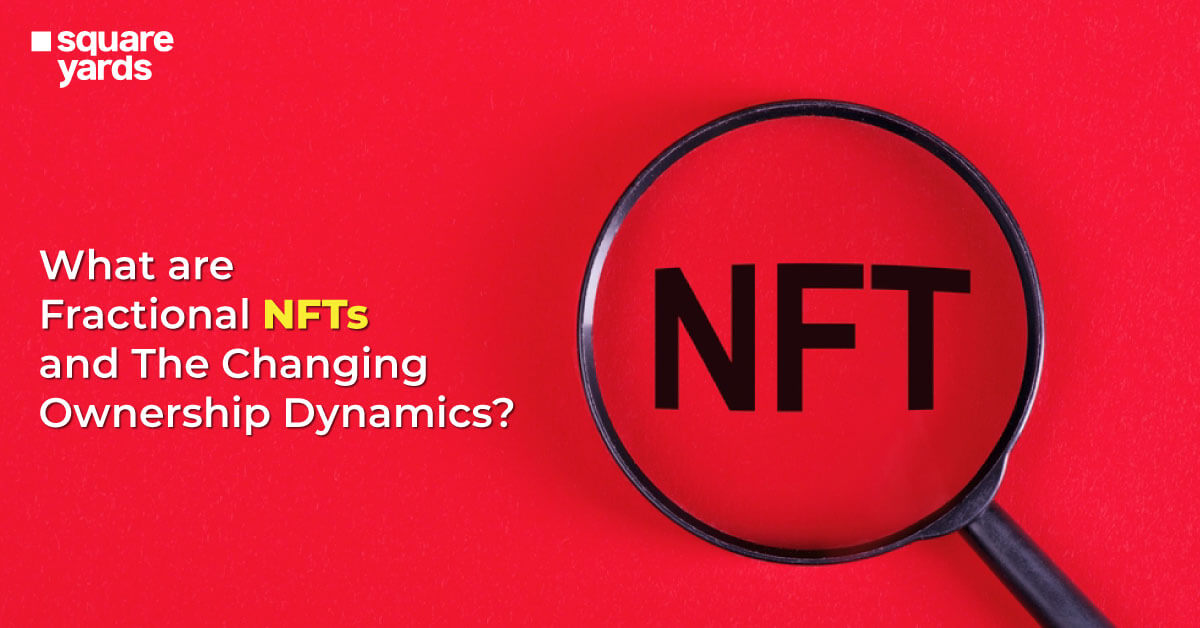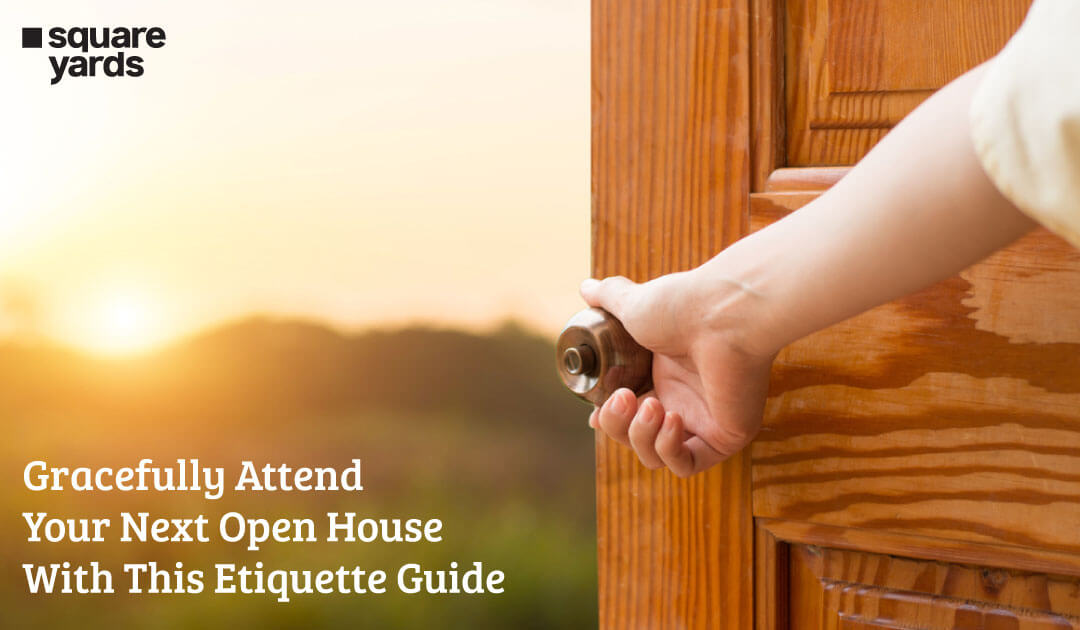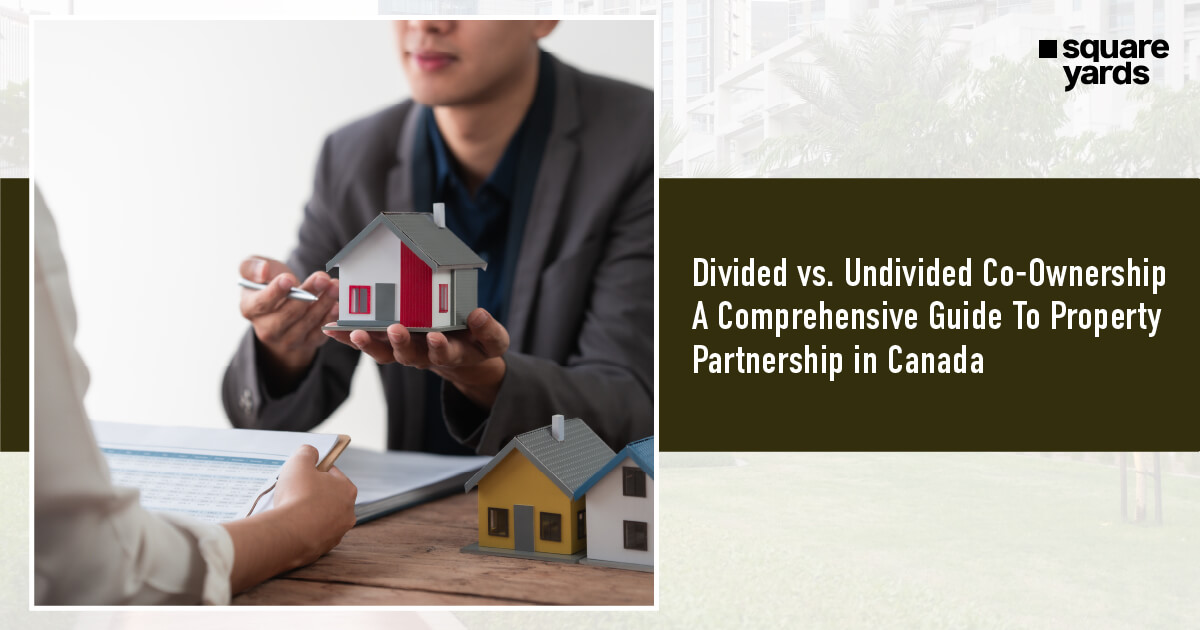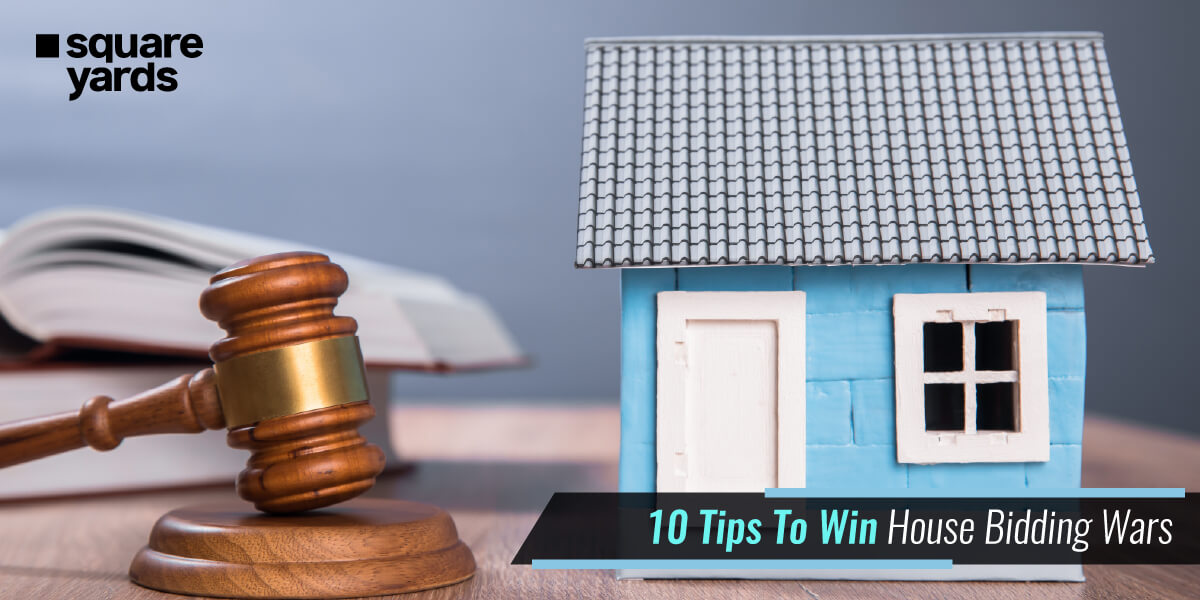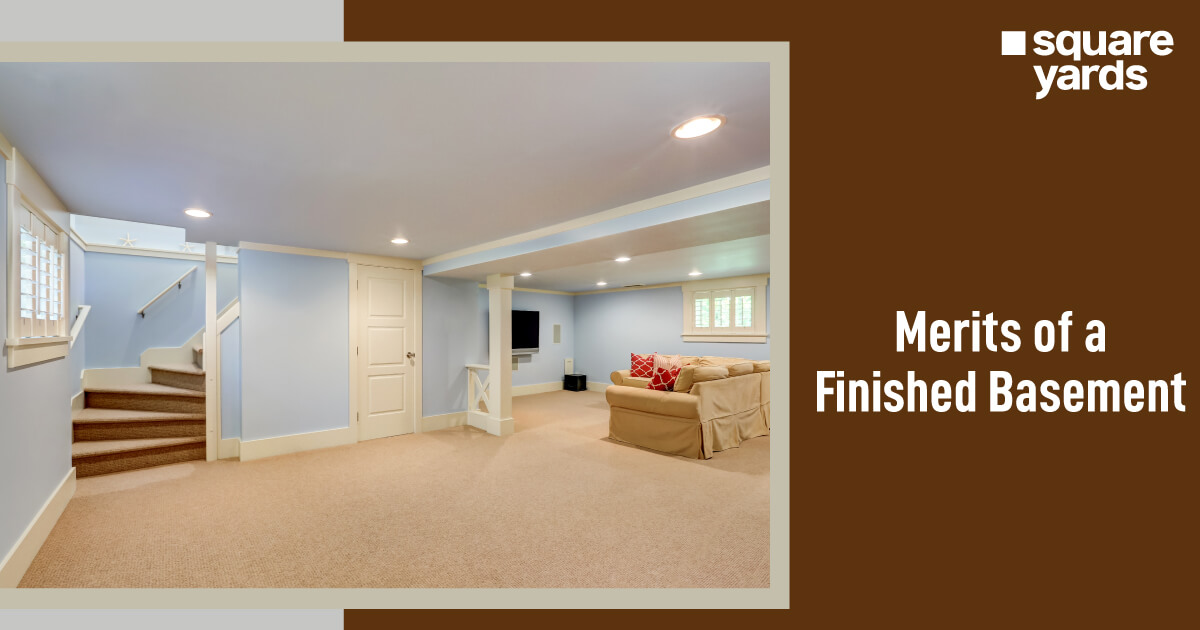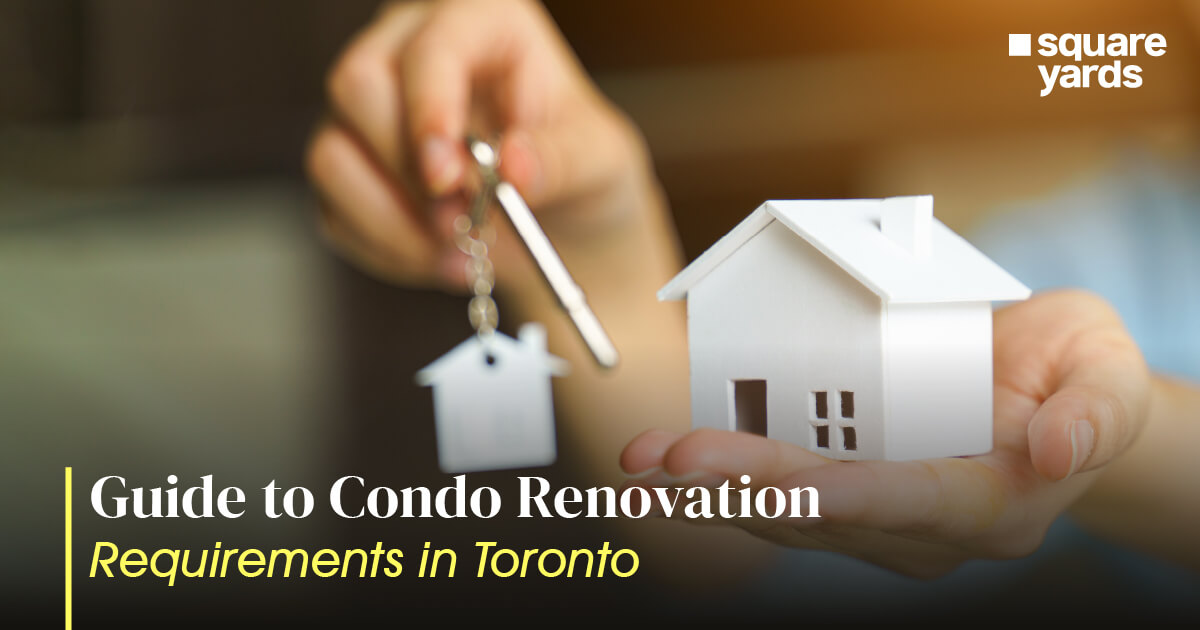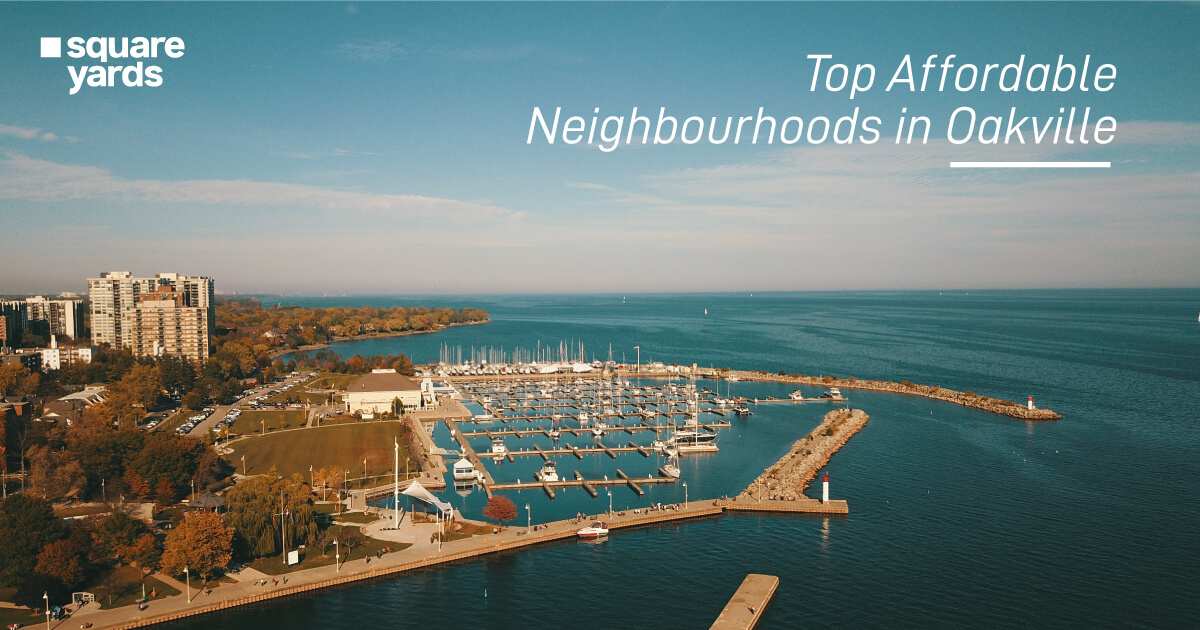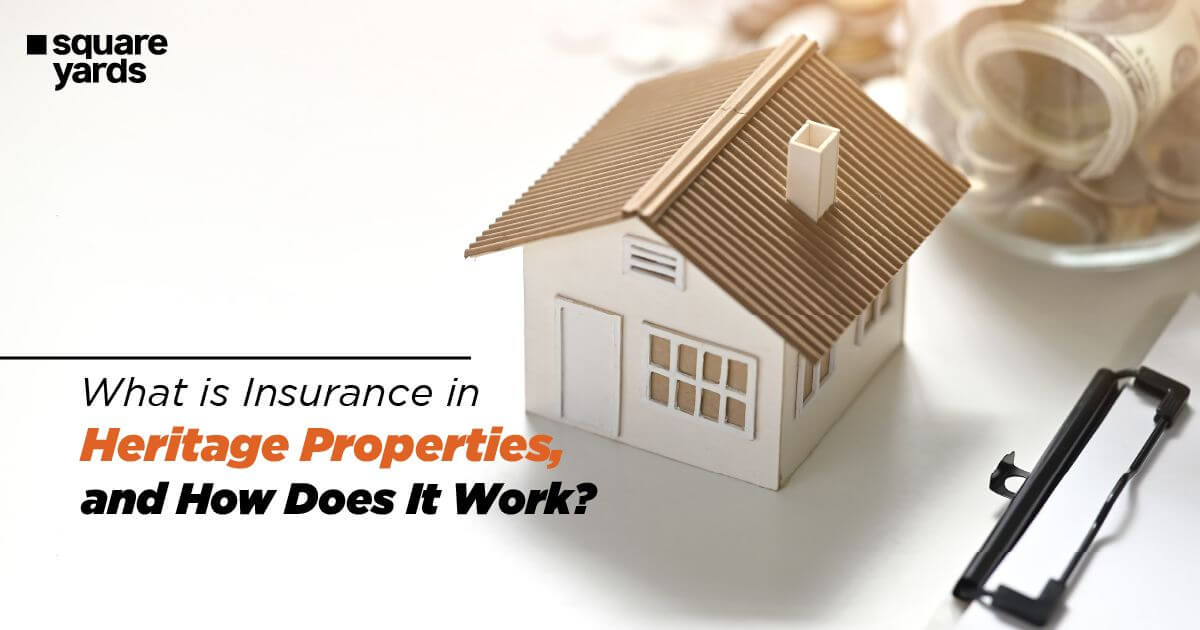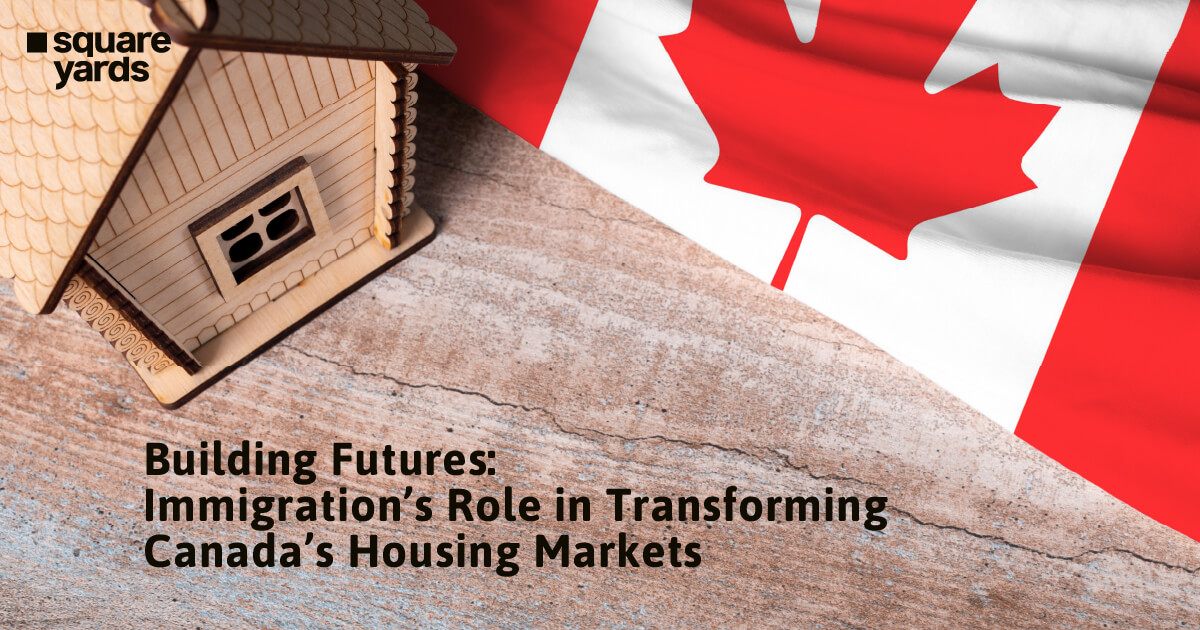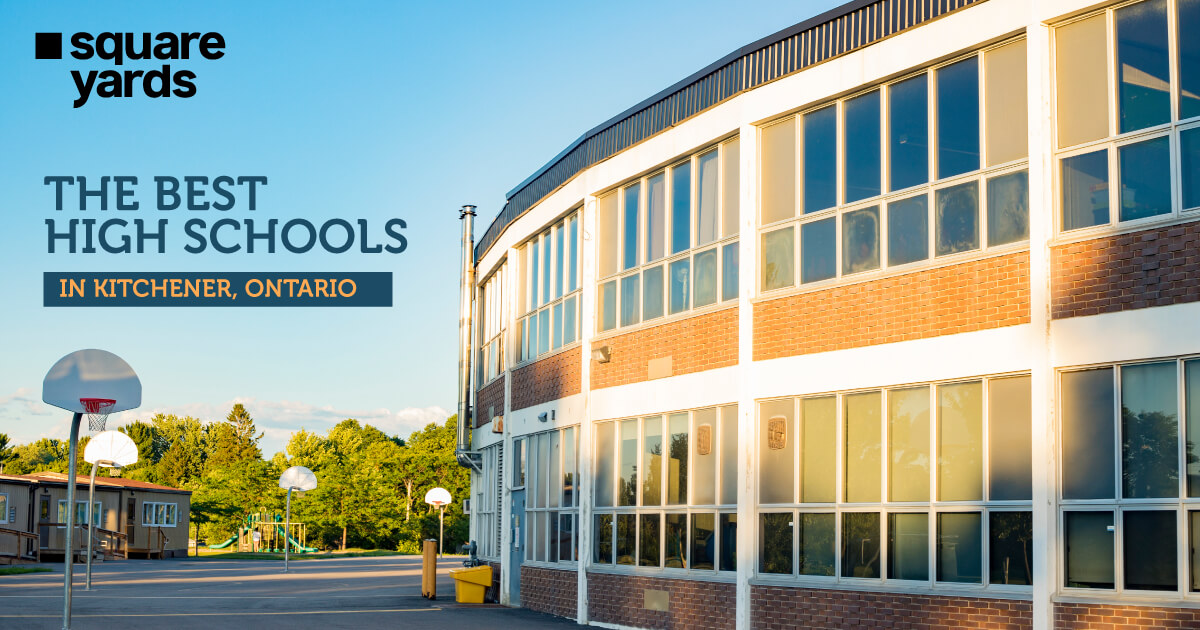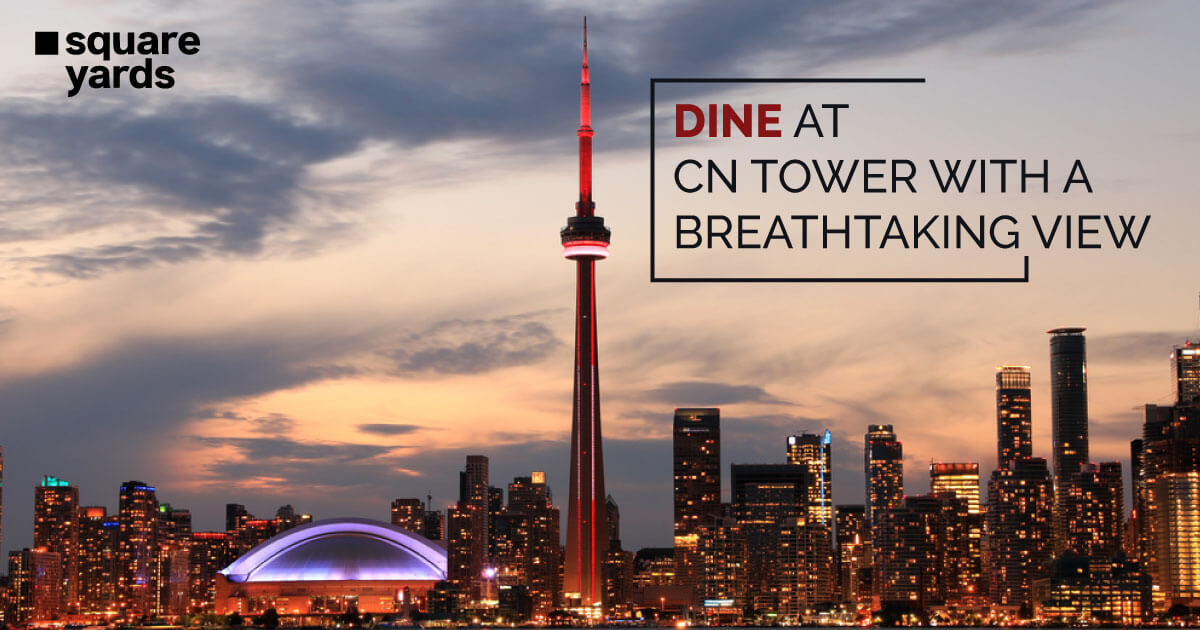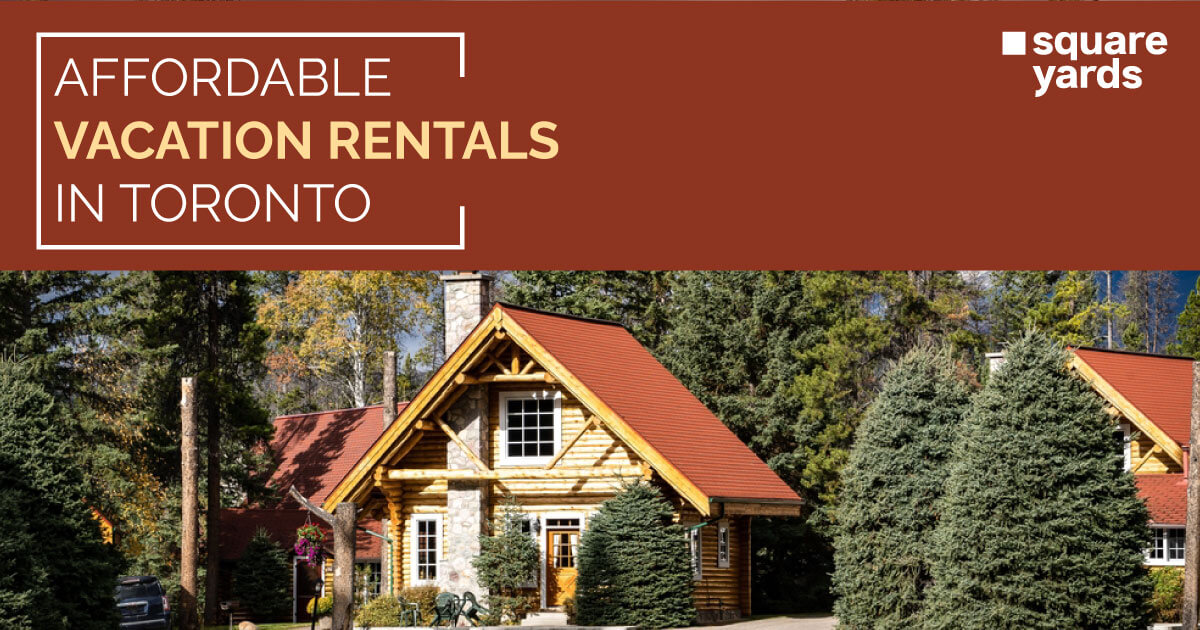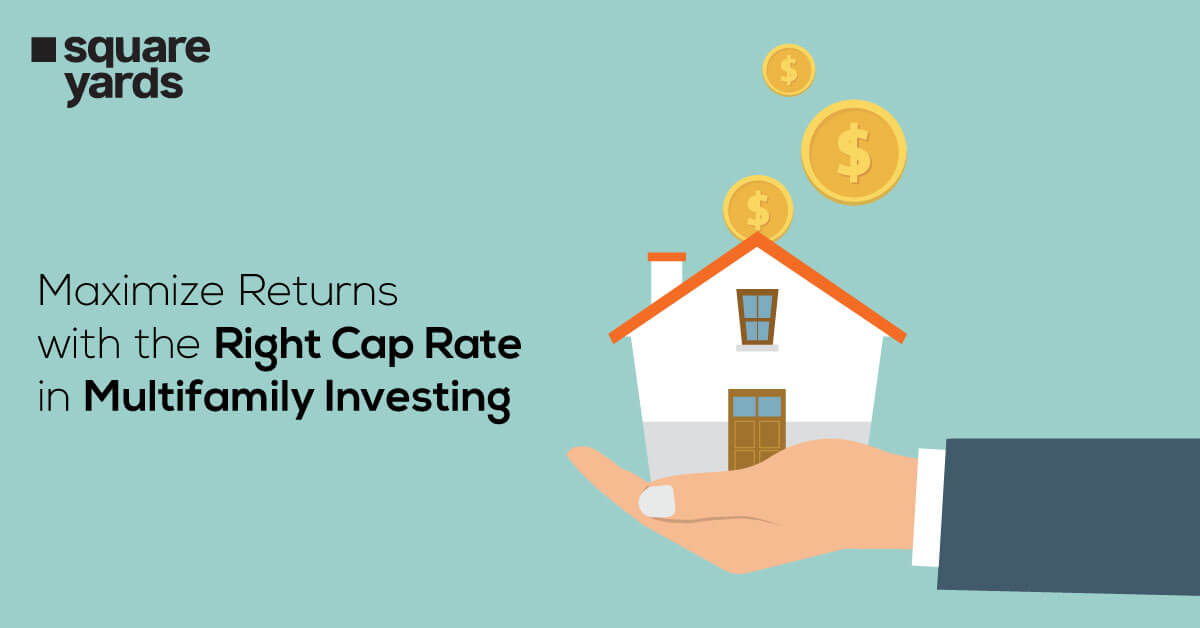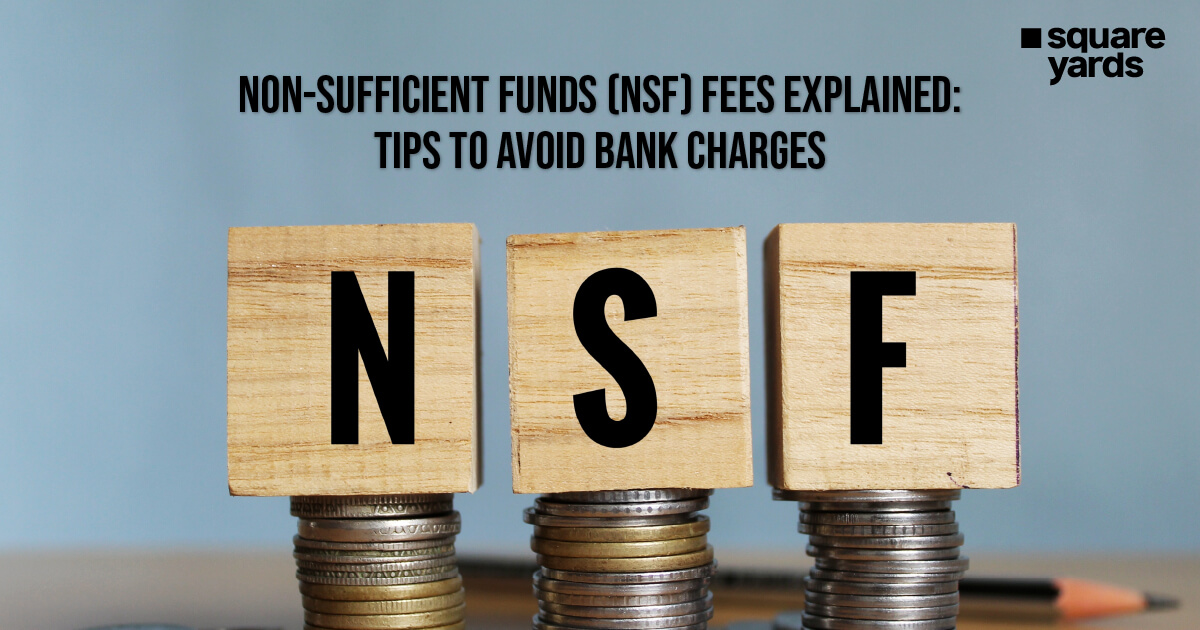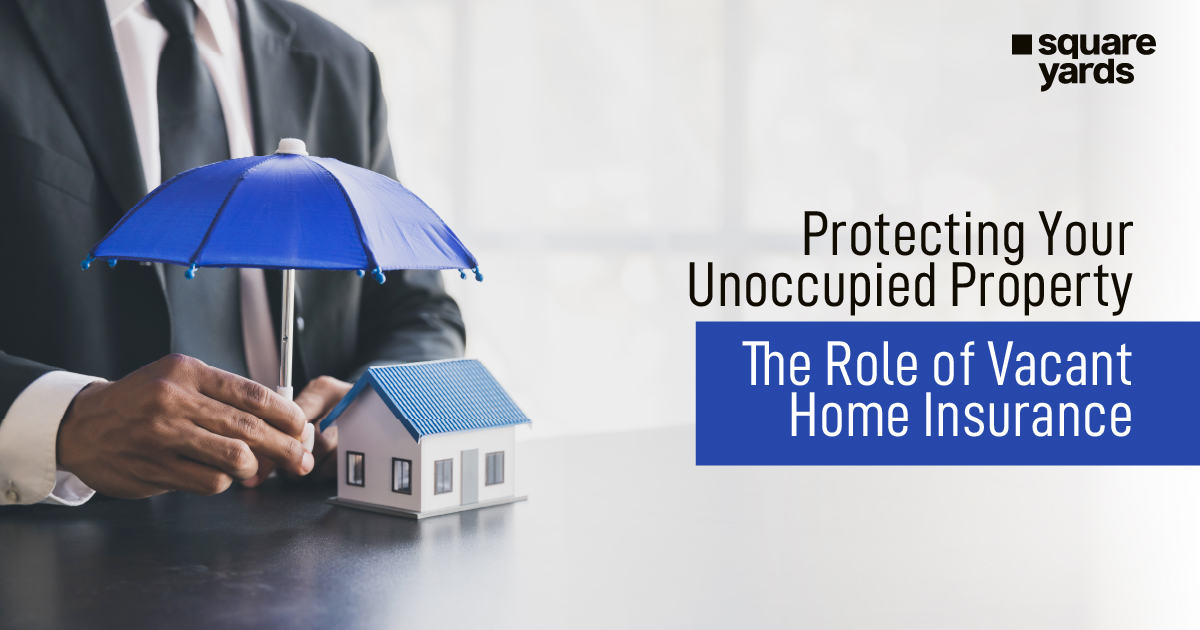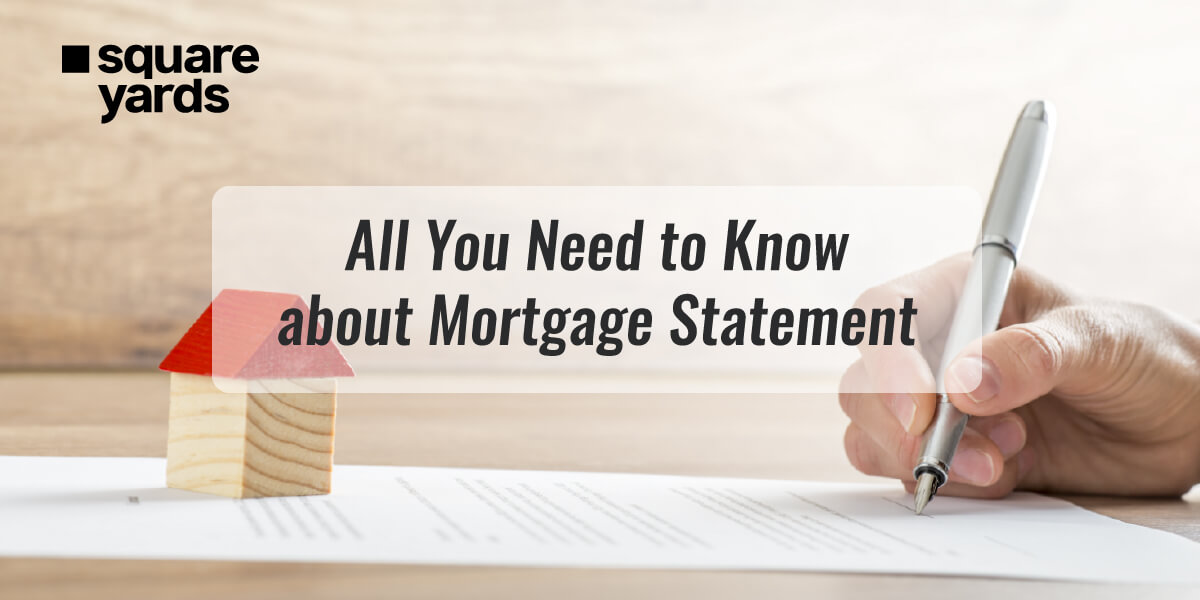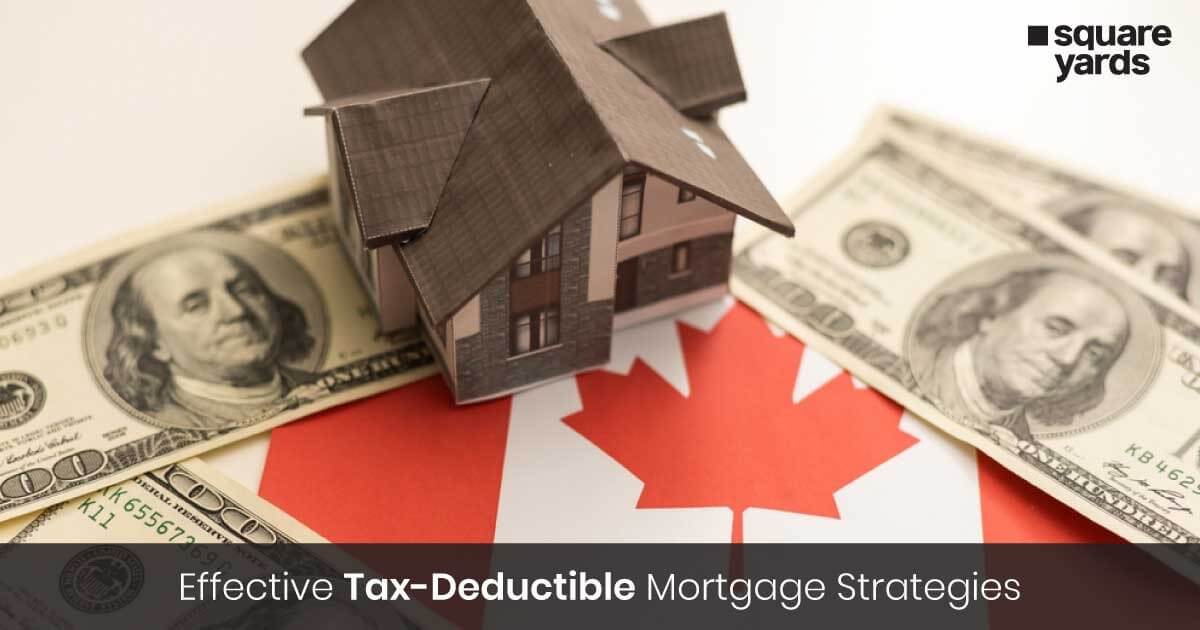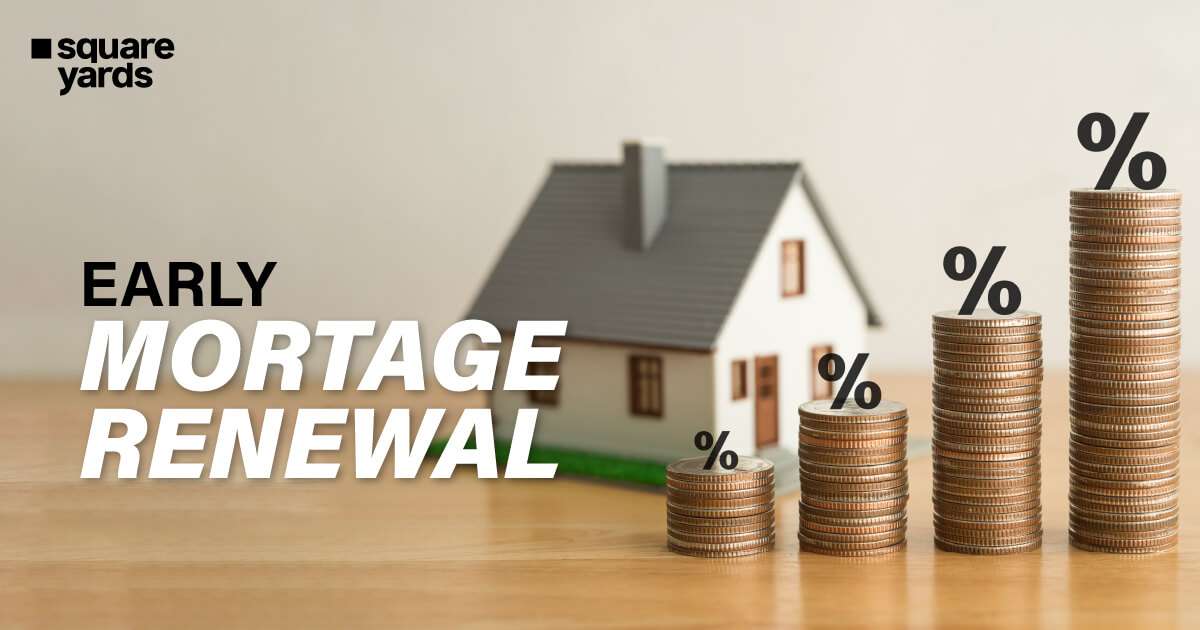Ever wondered about dismantling parts of your house and experimenting with them? Have you ever had one of those leisurely afternoons where you randomly thought of pulling that worn-off flooring out? Or perhaps, shake things up a little by changing the ceilings of your home? Or even better, ever thought of dismantling your entire building and re-juggling all its parts like a jigsaw puzzle? Well, that is exactly what Prefab Homes in Canada are. For starters, let’s just call them the Lego of the housing industry. The basic idea behind a prefab house is simple – if the best house does not exist, you build one!
Does Your House Qualify As a Prefab Home?
As the name suggests, Pre-fab housing refers to houses which are, well, fab! Prefab is actually short for ‘prefabricated’ homes. These houses are constructed in sections in a controlled environment—like a factory or a warehouse—and are then transported to and assembled at the place they’re going to permanently settle. The essence of a prefabricated home is directly associated with its construction and not its style.
Unlike regular on-site construction, prefabricated houses are partially or fully built off-site. Proponents of this kind of dwelling argue that in an age where everything is built in a factory, why not houses? Prefab homes in Canada use a wide variety of construction materials ranging from wood and steel to concrete and cement.
Did you know Breaking Bad star Bryan Cranston once owned a prefabricated house in California? Well, we’d just say He was Goddamn Right!
Types of Prefab Homes in Canada
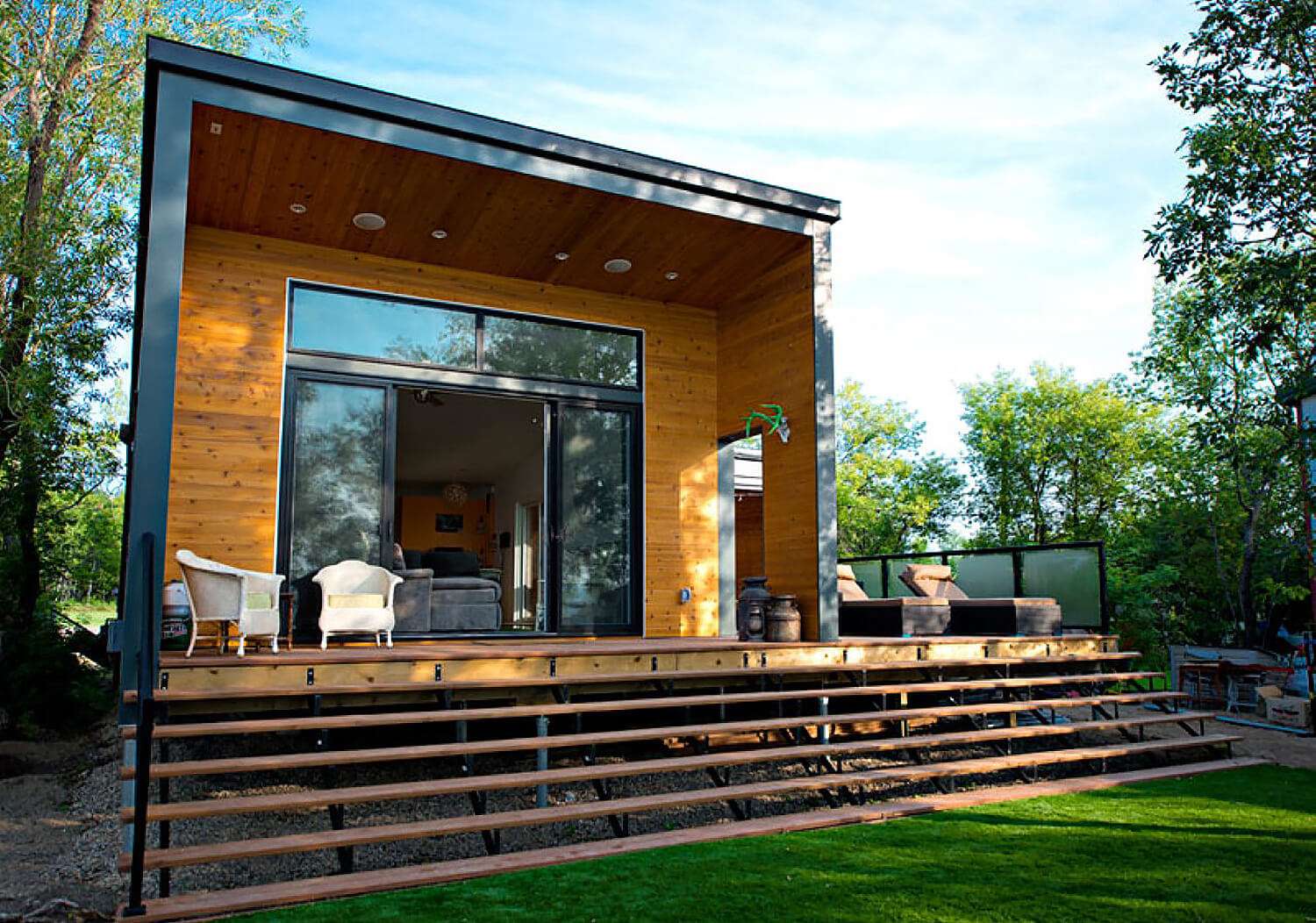
What if we tell you that all the fancy words you’ve caught floating around, like mobile homes, modular homes, manufactured homes – are all nothing but prefabs! Yes, you’re welcome.
Prefab is more of an umbrella term. It encapsulates various styles and combinations such as log homes, penalised houses, steel/ timber frame prefabs and many more. Check out the more prominent types of prefab homes in Canada listed below.
-
Modular Homes
Modular homes are partially constructed off-site. Google defines modules as independent units which are joined together to form a more complex structure. These can be assembled at the site by a builder or yourself. Adhering to local and regional codes of building, these are permanently affixed to the homeowner’s land. Buying a prefab house is seamless, as banks and other lenders easily finance Modular homes.
-
Manufactured Homes
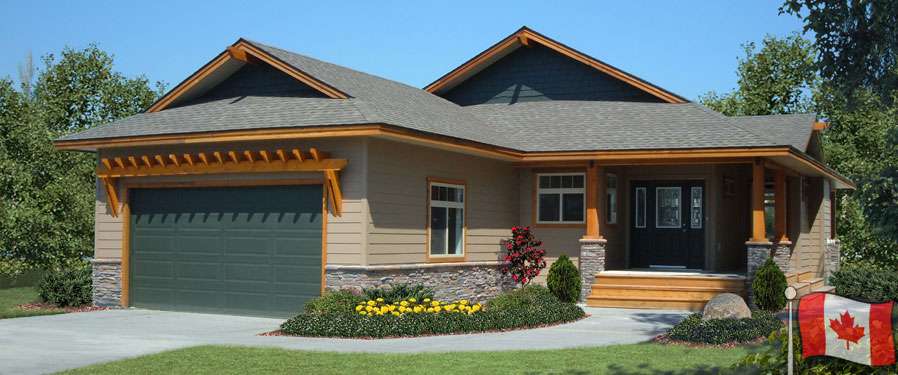
Popularly known as mobile homes, these are fully constructed off-site. The house on a long flatbed truck that you saw on the highway that one time, was a manufactured home. Available in three sizes – single, double and triple section, manufactured houses can cover 1000-2000 sq. feet of land. Adhering to the federal building codes, these can be temporarily or permanently affixed to the home site. A homebuyer can find a wide range of attractive styles, appealing architecture and striking versatility in manufactured homes.
-
Kit Homes
Could you ever imagine ordering a home on Amazon? For the builder in you, kit homes can deliver customizable parts which can be put together on-site to construct any type of facility; residential or professional, housing or work studio, mainstays or side shelters. Kit homes offer a high degree of time and cost-effectiveness as compared to traditionally constructed houses. With construction supplies handpicked by you, kit homes minimise any extra monetary extractions by your contractor.
Prefab Homes in Canada: Merits and Demerits
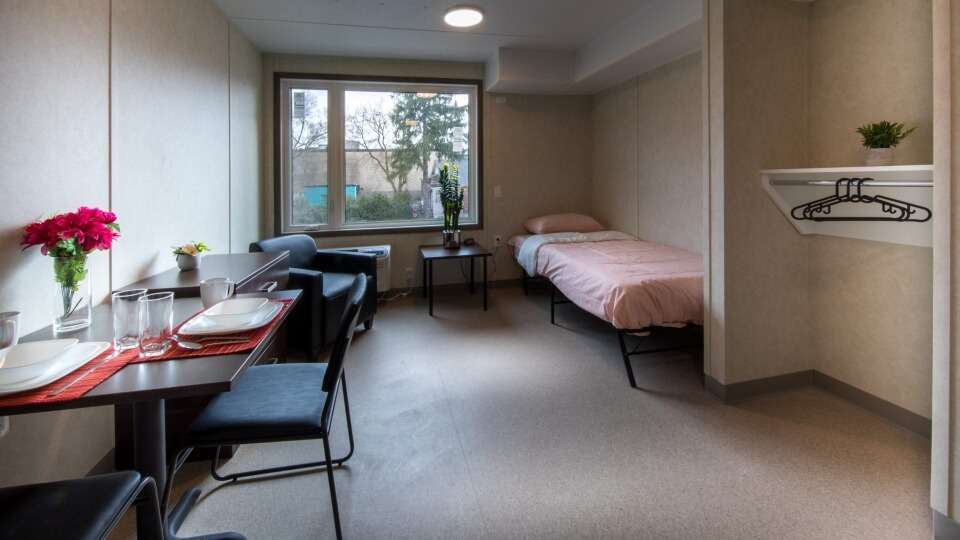
-
Merits
Prefab homes in Canada are being touted as a probable solution to the rising housing crises across the globe. Check out some of its prominent advantages.
-
- Customise your stay: If mobile phones and cars can be customisable, why not houses? Prefab homes’ primary selling point is that a dweller can tweak their house as they like. From floorings to wall paddings, windows to appliances, you can choose how every part of your stay looks and functions.
- Rapid Construction: Factory construction eliminates weather obstructions while pacing the construction with modern machinery. Prefabricated homes are usually finished within six months as compared to a ten-month sustained period of on-site construction. Factory constructors are also more likely to retain their personnel ensuring a continuous construction process.
- Affordable housing: Who does not want to save money on their homes? On average, factory-ready homes are 10-25% cheaper than regular-built homes. It is largely due to inexpensive mass production made possible by existing machinery. The benefits of scale differentiate traditional homebuilding from prefab constructions.
- Sustainable housing: It is a major plus one that the housing industry is responding to the environment-friendly demands of our times. Modular homes offer eco-friendly build and energy-efficient appliances. Moreover, the waste produced along the process is minimal and easily recyclable.
- Ready to move in: Once the house is available on site, one can immediately settle in. Many realtors offer well-furnished and functional prefab homes where carpentry, plumbing and electrical services are aptly provided.
- Mobility: Prefab housing is widely used for its mobility and impermanence. People who are always on the go or adventure enthusiasts who like staying in unexplored areas prefer this housing style. The ease of dismantling and reassembling helps people shift smoothly. So the next time you relocate, don’t just pack your belongings, you can also pack your home along with you.
-
Demerits
Going ahead with prefab housing, one must consider all that it brings along. Check out some of its downsides to gain an all-round perspective.
-
- Additional Costs: Prefab houses have to bear certain expenses which are not as common for traditionally built houses. Transportation, installation, site preparation and customisation costs among others are some natural expenses that come along with prefabricated homes. The final cost of a modular house comprises all these costs.
- Suitable Location: A prefab home cannot be wheeled to any neighbourhood. The prefab habitation process starts with finding a suitable lot and attaining the necessary permits. The site further needs to be levelled and cleared of any possible hindrances to the assembly and placement of the house.
- Future prospects: While mobile homes and stick-built houses do appraise alike, sceptical public opinion may hinder their reselling. Average homebuyers are often suspicious of the durability and permanence of modular houses.
- Quality check: A buyer needs to pay special attention to the quality of material used in these houses. Although proper quality checks are ensured, some of the base models may compromise on standards of material and appliances used to attract consumers. Although avoidable, there are certain risks of in-transit damages while transporting prefab houses.
Conclusion
Prefab homes’ rising popularity is a testament to the homeowners’ search for newer and different kinds of dwellings. As per the reports, the modular housing market is set to witness a record Compound Annual Growth Rate (CAGR) of 6.1% till 2031 globally. As niche as it may sound, prefab homes are everywhere. From a cabin in the woods to a house on wheels, there are many forms of prefab housing flourishing around us. The constantly evolving prefab housing sector surely hints towards a promising real estate future.
You May Also Read :
|
Discover Different Types of Houses |
|
|
Guide To Mansions in Canada |
|
|
All About Small Backyard Ideas |
|
|
Know About Smart Home Automation |
Frequently Asked Questions (FAQs)
Off-site constructions offer cheaper prefab houses in Canada. Their cost of construction averages around $150-$250 per square foot.
Construction costs of prefab housing are relatively low. However, one may have to incur certain unavoidable transportation, installation and other such expenses.
Finding a suitable location and preparing it for the house installation can be a bit of a task when considering prefabricated homes.
Prefab pricing depends on a number of factors. However, it is subject to changes. Prefab pricing in Ontario can vary between $50-$250 per square foot depending upon its style and size.
Yes, prefab homes can be set up in Ontario after obtaining necessary building permits from the concerned municipality. How much does a prefab home cost in Canada?
Is prefabricated housing cheaper?
What is one of the drawbacks of prefab homes?
How much do prefab homes cost in Ontario?
Are prefab homes allowed in Ontario?

